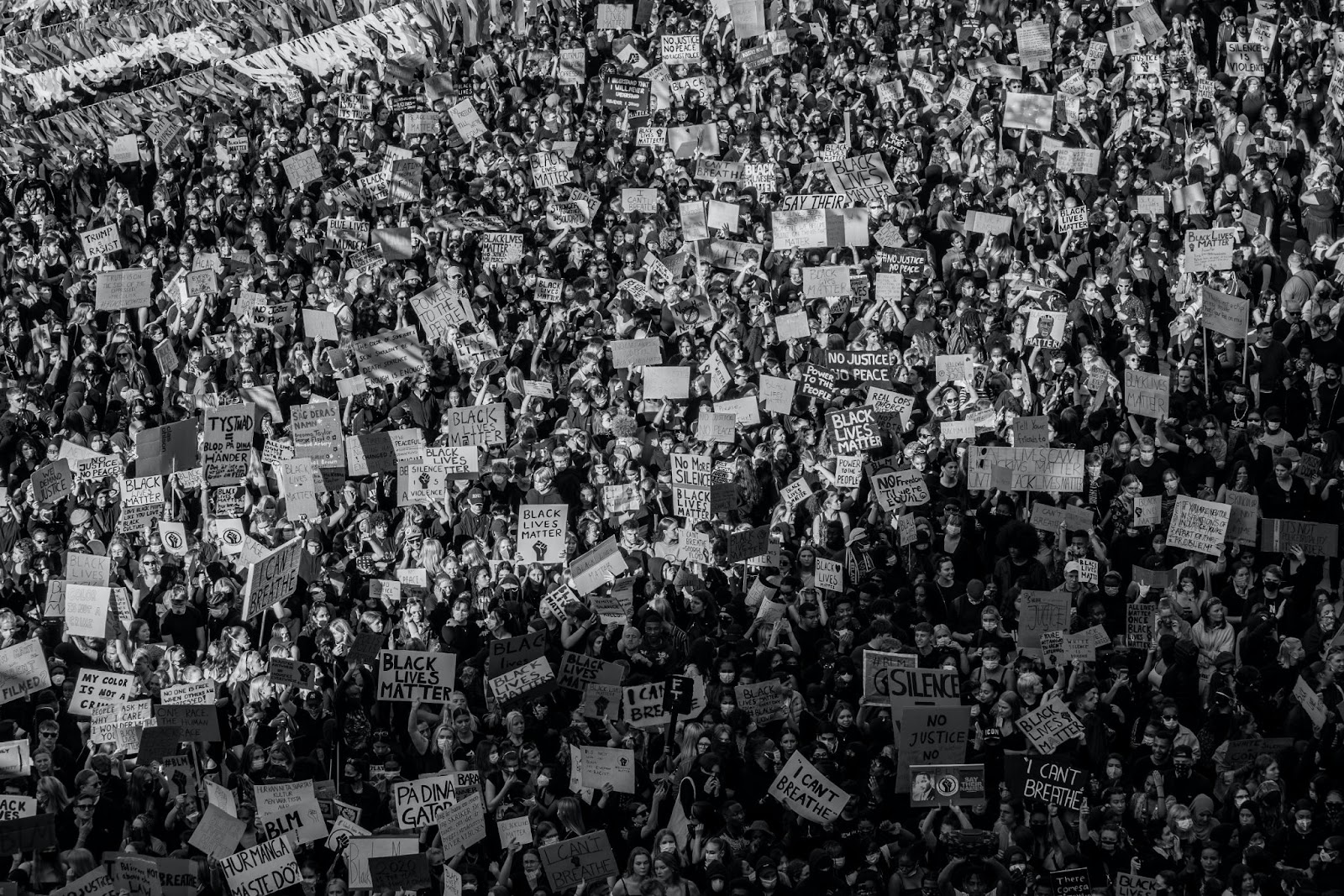-
Kevin
-
 August 19, 2022
August 19, 2022
-
 Uncategorized
Uncategorized
Have you ever heard of the Italian phrase “bella ciao?” This phrase might look and sound cute and beautiful on the surface, but the history behind this phrase is complex and actually deeply political.
The story behind this short little phrase is quite an amazing one, and learning about it can help you understand not only a couple of words in Italian but also something about class struggle and oppressive governments in history.
Today, we’re going to talk about the phrase bella ciao. By the end of this short guide, you’ll have a solid understanding of bella ciao, its definitions, its etymology, and how to use it. Let’s get started.
What Is the Meaning of the Phrase Bella Ciao?
On the surface, the phrase bella ciao has a relatively simple meaning, after all, it’s only a couple of words in Italian. The direct translation of this phrase is “goodbye beautiful” or “bye-bye beautiful.”
But the meaning of this phrase is far deeper than those two simple words. The real meaning behind Bella Ciao is that it is the name of a song. This particular Italian folk song is a revolutionary song and a protest song.
So the phrase can most commonly be heard in song. If people are singing this wonderfully catchy, powerful song, they are most likely in protest of some oppressive force.
Where Did Bella Ciao Come From?
The song originally came out of Northern Italy in the late 19th century. It is unknown who exactly wrote the song, but the prevailing theory is that it was originally a song that was sung by women who were rice pickers out in the paddy fields of Northern Italy, called mondina or mondine.
The first-ever recording of this song happened in 1919 by a gypsy accordionist named Mishka Ziganoff, who made Klezmer-Yiddish Swing Music. Because of this multi-cultural style of music, some people believe the song does not have Italian origins at all.
The original song described poor working conditions, but the lyrics of the original have been largely forgotten.
The song first came to prominence during World War II, a time during which Benito Mussolini was ruling over Italy with an aggressive fascist regime. The song became a cornerstone of the anti-fascist resistance in Italy. The song was believed to be sung by the Italian Partisans, or the Partigiani of the Val d’Ossola, guerilla fighters who fought against fascism.
What Are Some of the Important Lyrics in the Song?
Here is a breakdown of the song lyrics, along with their English translation.
The song begins by talking about waking up in “una mattina,” the morning, and saying “bella ciao,” “good morning beautiful.” The refrain repeated throughout the song sings, “o bella ciao, bella ciao, bella ciao ciao ciao.”
Then with the words “e ho trovato l’invasor,” the singer says that he has found the invader, referring to the oppressor. They then beg the partisan (anti-fascist fighter) to “portami via,” take them away.
The singer then reveals, “o partigiano…che mi sento di morir,” they feel like they’re dying, saying, “e se io muoio da partigiano tu mi devi seppellir,” meaning if they die as a partisan, you have to bury them. And they want to be buried “in montagna,” in the mountains, “sotto l’ombra di un bel fior,” or in English, “under the shade of a beautiful flower.”
The song goes on, “e le genti che passeranno i diranno ‘che bel fior,'” meaning “and the people who will pass by, they will say, ‘What a fine flower.'”
The song concludes with a final refrain of “o bella ciao” and then a final decree: “Questo è il fiore del partigiano. Morto per la liberta” which translates to, “This is the flower of the partisan, dead for the freedom.”
What Does It All Mean?
There is a lot of beautiful symbolism in this amazing song, especially when considering the place it was most likely written. Many believe that the partisans who wrote this were on the battlefields fighting German Nazis and Italian Fascists in the cold mountains that lie between North and Central Italy.
The song is basically a welcoming of death. The overarching theme is that the partisan singing this song is willing to lay down his life, and he recognizes that his death will raise the beautiful flower of freedom from oppression and from fascism.
The song is a promise that they are willing to lay down everything to take down their powerful oppressors and create a beautiful, bright, free future for themselves and future generations.
Is Bella Ciao Still Significant Today?
This famous Italian protest song is absolutely still important today. This song inspired thousands of Italian soldiers during the war and undoubtedly played a major role in the Allied forces’ victory over fascism in WWII.
Because of how significant it was, the song is still a powerful symbol to invoke today. It has been used in several popular movies, and TV shows, including the recent Netflix show, called Money Heist and a Spanish Show called La Casa de Papel.
But popular media isn’t the only place it is used. This song is still used in protests across the world today as a battle cry in places like Kurdistan, New Dehli, and Palestine. Because of the song’s catchy tune and powerful message, it has resonated with millions of protesters fighting against tyranny in the powers that be.
The Saying Bella Ciao
Now you know everything you need to know about bella ciao, its meaning, and its history. Talk about it confidently in your writing and your conversation. And if you need a refresher on this historical song of protest, come back to this article for the information you need.
Sources
Bella Ciao | University of Pennsylvania
An Italian song for freedom: the origins and popularity of Bella Ciao | L’Italo-Americano




